The COVID-19 pandemic has laid bare inequalities in many areas of society, from increased drug overdoses to higher rates of job losses for racialized Canadians to the difficulties of physical distancing while homeless.
But schools are supposed to be society’s great equalizer, places where all children have the same opportunities to meet their potential.
The initial response to the pandemic brought clear inequalities in everything from students’ access to needed technology to home supports.
Now teachers and parents say more work is needed to make sure kids’ education in the coming school year meets the standard for equity.
The very existence of schools is crucial for meeting the minimum standards of equality — things like food and physical safety — for many children.
Provincial health officer Dr. Bonnie Henry has often said that closing schools costs society in many ways beyond basic access to education. Students who fall behind during a school closure may never catch up, she says.
That’s a key reason why B.C. plans to reopen schools full time and in-person in September, rather than offering online learning or a hybrid of online and in-person.
“We know that for many children in this province, they don’t have the resources to work virtually,” Henry said. “For many children in this province, being at school is where they get health care. It’s a safe place for them. It’s a place where they can get psychological support. They may get a meal.”
But as COVID-19 cases rise, many parents are nervous about a full-time, in-person return to school. In the U.S., COVID-19 cases jumped 40 per cent among children in the last two weeks of July, the American Academy of Pediatrics reported. In B.C., the number of children testing positive has made a similar leap with 67 new cases in the past two weeks, a spike of 39 per cent.
In June, in-person classes were optional while online learning continued. About one-third of B.C. children went back to school on that basis, class sizes were limited, and students attended in person only part time.
The September reopening plan calls for full-time, in-person classes for all ages.
The tech gap and in-person education
BC Teachers’ Federation president Teri Mooring said remote learning in the spring lacked inclusivity.
“We had a number of students, particularly secondary students, who just didn’t engage in remote learning, and that’s really worrisome because we’re not sure what’s going on in that situation,” Mooring said. “Students didn’t have the ability to engage online because they didn’t have a computer, or they didn’t have internet access.”
About 23,000 laptops or computers were loaned to children who didn’t have their own, the Ministry of Education said.
The lack of technology, the heavy burden born by women and single parents, the exclusion of special needs students and declining mental health are all cited as reasons to bring back in-person learning.
Crystal Mundy is a Kelowna mom of two and PhD candidate in clinical psychology. She had to step back from her studies to care of her immunocompromised four-year-old son, who also has severe attention deficit hyperactivity disorder. Mundy has an auto-immune disease herself.
Her husband, who is a mechanic, has been able to continue working, but when numbers were surging in B.C. the couple took the added precaution of sleeping in separate rooms.
Women are paying the price in the pandemic, Mundy says.
Researchers at the University of British Columbia found the pandemic is “exacerbating pre-existing social inequalities,” particularly for women and the parents of young children.
“Parents able to work from home struggled to juggle childcare and employment duties, whereas others faced stark choices between continuing to go to work and caring for kids,” the study found. “For single parents, maintaining both employment and caregiving is a particular challenge.”
At least 1.5 million women lost their jobs in March and April, and women’s employment isn’t bouncing back as quickly as men’s, an RBC study found.
Mundy worries she might have to send her older son to live with her sister if he has to return to high school because of her and her younger son’s immune issues. Her older son, in Grade 10 at Rutland Senior Secondary, has a learning disability and an Individual Education Plan, which she says was essentially thrown out with COVID-19.
He spent Grades 7 and 8 almost entirely in portables, Mundy says, in a school that is nearly 80 years old.
“Children that are already attending under-resourced and underfunded public schools will continue to see the downstream effects of this pandemic,” Mundy said. “Low-income families in such districts now must decide between: continue to keep a payday and send their children to a potentially dangerous situation or try to find a way to keep their children home.”
The pandemic already made inequity worse for students with special needs, with the exclusion of special needs students increasing by 179 per cent over 2019, from 492 to 883 students, a BCEdAccess survey of parents found. Exclusion is when a student with special needs is asked to stay home from school for part or all of the school day.
“It is tragic that so many of our children were left behind by their schools during the COVID-19 crisis,” said Nicole Kaler, mother of three and a senior board member of BCEdAccess, an organization that serves families of students with disabilities and complex learners.
Kaler is very concerned that the fall return to school will be the same.
“I really feel like if our province took the steps to first plan for those children that have the most complex needs and challenges and health concerns... everybody else will be safe as well,” Kaler said. “But we’re doing it the opposite.”
Mooring said any education plan needs to protect students who are more vulnerable. Teachers asked the government to form an equity and inclusion committee, but it has only met once so far.
Further complicating matters is the notion of student groups, or cohorts, because it is unknown how education assistants or specialist teachers who work with students with special needs will fit into the groups.
Mental health suffers when schools are closed
Henry has also stressed the mental health risks when students are away from school. “For some children, home is not a safe place to be,” she said.
The government’s “Your story, our future” COVID-19 survey found there has been a rise in mental health and substance use concerns for youth since the beginning of the pandemic, the Education Ministry said in a statement.
“Youth and young adults reported higher levels of decreased mental health, increased difficulty accessing counselling services, and increased difficulty meeting financial needs compared to the overall adult population,” the ministry said. “Alcohol consumption has gone up for 36 per cent of surveyed young people, compared with 28 per cent of the adult population.”
The Education Ministry didn’t respond specifically when asked if there has been an increase in youth suicide in B.C. But guidelines for school reopening from Toronto’s Hospital for Sick Children note that as a result of school closures “increased rates of depression and anxiety have already been observed; increased rates of substance use and addiction, and suicidal behaviour are believed to have occurred.”
The report recommends in-person learning, but also calls for the option of online learning for when students are ill or if parents choose to keep their children out of school. It also suggests smaller class sizes, citing an example of a maximum class size of 10 to 15 students, to make physical distancing possible. B.C.’s plan doesn’t reduce class sizes.
More kids coming to school hungry, principal says
With one in five B.C. kids living in poverty, many depend on schools to help with food insecurity. Many British Columbians have now lost their jobs, which will increase the reliance on schools for healthy meals. Between March and June, about 75,000 meals per week were provided for 16,000 families, the Education Ministry says.
Ian Landy, principal at Edgehill Elementary School in Powell River, worries about kids who arrive at school without food for lunch, something he says was increasing even before the pandemic.
Canada is the only G7 country without a national school food program, and most schools do not have cafeterias in Canada. Landy had to spend 10 per cent of his school budget intended for other expenses on food last year. Whether schools operate in person or online, they will continue to dole out food to hungry kids, but the pandemic has made it more complicated.
The school had been making custom-order sandwiches at lunch and muffins for breakfast, but with COVID-19, that had to stop and be replaced with prepackaged food.
“If kids don’t have the fuel to learn, they’re not going to learn,” Landy said. “But this comes at a cost I’m not sure everyone understands.”
Many parents unhappy with full return
The September reopening plan gives rise to different inequities.
Children who take the bus to school will face extra risks, whether on a school bus or public transit. Some families rely on childcare centres for before and after school care, and they might be operating at reduced capacity. Others rely on grandparents, who are vulnerable to serious complications with COVID-19.
Then there are the teachers and students who are immunocompromised or living with complex medical needs, placing them at greater risk from COVID-19. Also, there are teachers and students who live with others who are similarly at risk.
Parents of children who have health issues have been told to see their doctors and that alternate plans will be made where warranted. Those with other concerns, such as feeling like it’s not safe to send their child back or worried about vulnerable family members, have been told either to home school or seek distributed learning options — online classes, but not connected to a local school. But many of those programs are full and enrolling in distributed learning often means severing ties with the neighbourhood school, at least temporarily.
Mooring said accommodations will have to be found for many teachers who are medically unable to work in person due to COVID-19.
“The accommodation should not be an unpaid leave. We had some teachers who did need to go on unpaid leave and that’s not appropriate,” Mooring said.
Having teachers teach in person and online at the same time, as they did in June, was not sustainable, Mooring said.
Many other jurisdictions, including Toronto and Edmonton and most American cities, are either offering online school only or the choice of online or in-person learning. The Edmonton plan offers families a school year divided in quarters, and students can shift between in-person and online learning at any of those transition points in the year. Teachers who cannot teach in person for medical reasons will teach the online classrooms.
Education advocate and mother of two elementary school-age daughters Cindy Dalglish said that model might make more parents and teachers happy.
“I know a couple of the teachers at my daughters’ school, and there is no way they can come back. One has serious health issues and I don’t know how she is going to manage in class if she is coming back,” Dalglish said.
The approach might work better if it was based on co-operation among a community of schools rather than just one school or the entire district, Dalglish said.
Finding the way forward
Teachers have asked for a delay in the start of the school year to allow health and safety training and planning for teaching under the COVID-19 plan.
“We’re doing something that is unprecedented here,” Mooring said.
Education Minister Rob Fleming said Tuesday in the legislature that the return will likely be delayed, with specifics to come later in the week.
Dalglish said it’s a “no-brainer” to delay the start of school by a couple of weeks, even just to ease anxiety.
“Do we want a teacher teaching our kids or an educational assistant being with our children that is so scared themselves?” Dalglish said. “I want our staff’s mental health to also be considered.”
She believes most children are capable of wearing masks, especially if their parents start practising with them, and that smaller class sizes would help with physical distancing.
Jillian Maguire is an English and psychology teacher at Kitsilano Secondary School in Vancouver whose 15-year-old daughter is going into Grade 10 at Vancouver Technical Secondary. She knows in-person schooling is important for vulnerable kids but would like to see a bigger financial commitment from the province.
“The lack of investment leads to an addiction problem and a homelessness problem. I really believe it’s all connected to education,” Maguire said. “The kids who survive and make it are the ones who have protective forces around them, and a lot of that is a connection to a school, to a counsellor, to a teacher, even to other students.” ![]()
Read more: Health, Education, Coronavirus, BC Politics


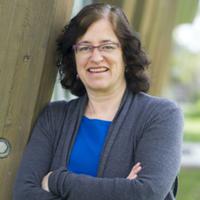
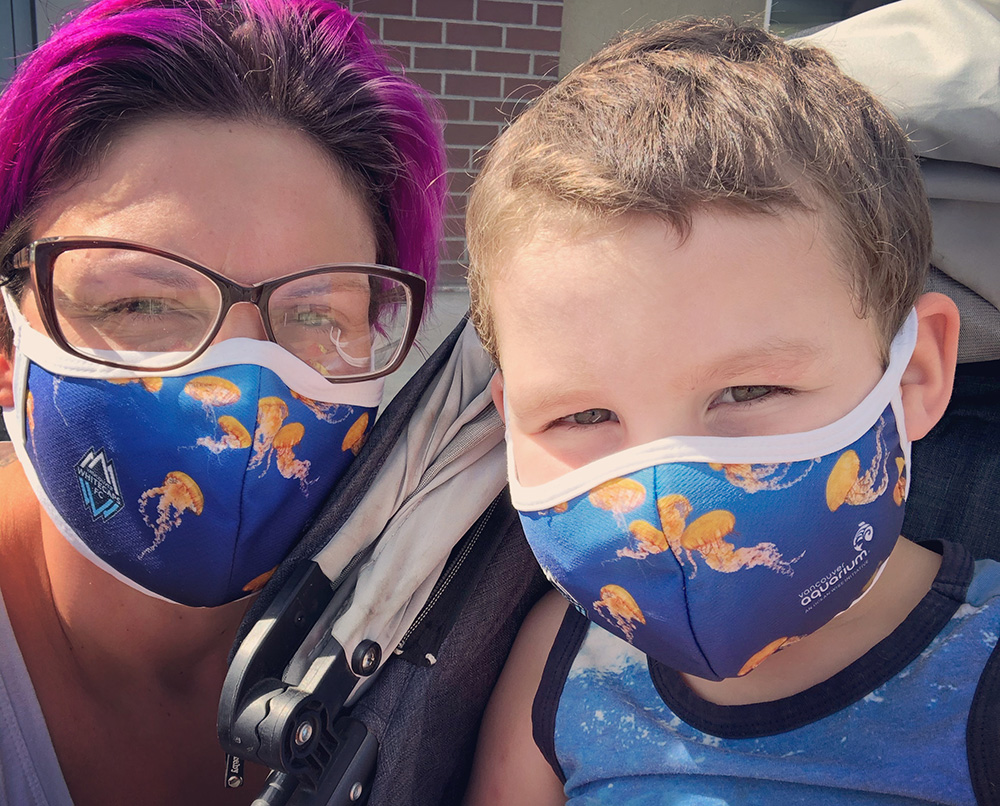
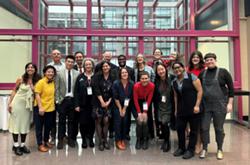
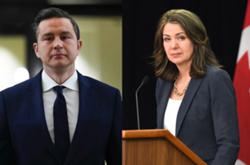
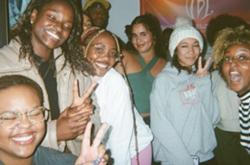

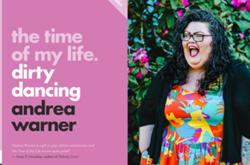

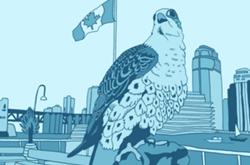
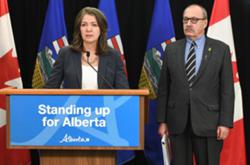
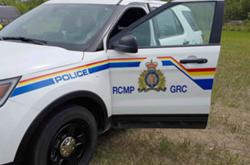
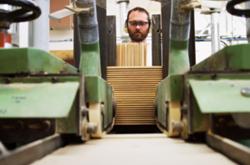
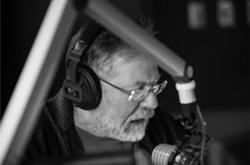

Tyee Commenting Guidelines
Comments that violate guidelines risk being deleted, and violations may result in a temporary or permanent user ban. Maintain the spirit of good conversation to stay in the discussion.
*Please note The Tyee is not a forum for spreading misinformation about COVID-19, denying its existence or minimizing its risk to public health.
Do:
Do not: